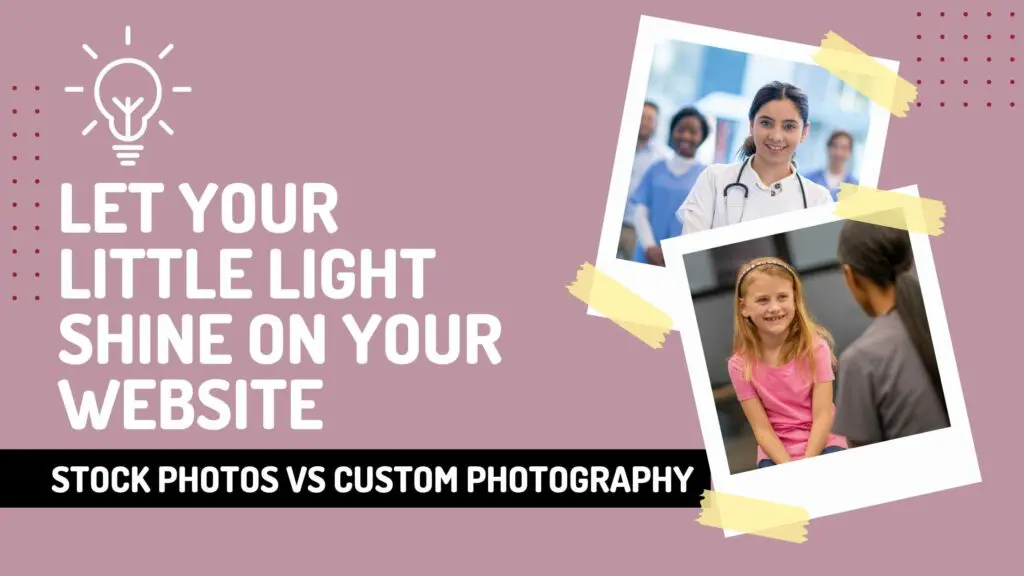
Given the visually focused nature of today’s world, the experience a website provides can be just as important as its functionality. For website developers, one crucial element we consider when building any site is the quality of the images used. Whether you’re creating a website for a small business, a personal brand, or a large corporation, high-quality photography not only enhances the aesthetic appeal but also plays a significant role in conveying professionalism and trustworthiness to your website viewers.
Having great, high quality images that fully represent your business and what it offers is a crucial element to making sure your website converts better as it helps you to better align and connect with your customers desires. Let’s take some time to explore the importance of using high-quality photographs on your website, the pros and cons of stock photos versus custom photography, and how to balance image quality with website performance by managing file sizes effectively.
Why High-Quality Photography Matters
First impressions are everything online, and in many cases, images are the first thing your visitors will notice. High-quality images can:
- Create an Immediate Visual Impact: Sharp, well-composed images grab attention and make your website look professional.
- Build Trust and Credibility: People are more likely to trust a company or brand that invests in high-quality visuals, signaling professionalism and attention to detail.
- Enhance Brand Identity: The photos you choose to display on your website should align with your brand’s identity, helping to communicate the right message to your audience.
- Improve User Experience: Beautiful images can make your site more enjoyable to navigate, increasing the likelihood that visitors will stay longer and explore further.
- Boost SEO: Optimized images with the right file names, alt text, and captions can help your website rank higher on search engines.
Stock Photos vs. Custom Photography
When it comes to acquiring images for your website, you generally have two main options: stock photos or custom photography. Each has its advantages and drawbacks.
Stock Photos: Convenience vs. Authenticity
Pros:
- Cost-Effective: Stock photos are generally much cheaper than hiring a photographer for custom shots. Many websites offer free stock images, while premium options are available at reasonable prices.
- Time-Saving: Stock photos are instantly available. You can download and use them without the lead time required for a photo shoot.
- Wide Selection: Stock photo libraries offer millions of images in various styles and themes, making it easy to find something that fits your needs.
Cons:
- Lack of Authenticity: Stock photos can often feel generic and fail to capture the unique essence of your brand or business. They may not resonate as well with your audience.
- Overused Imagery: Popular stock photos are used by countless websites, meaning your website could end up looking like many others if you rely too heavily on them.
- Inconsistent Quality: While some stock photos are stunning, others may look staged, unnatural, or low-quality, and finding the right balance can be challenging.
Custom Photography: Tailored to Your Brand
Pros:
- Uniqueness: Custom photography reflects your actual business, products, or team. This authenticity can set your site apart and build stronger connections with your audience.
- Brand Cohesion: Custom photos can be styled to match your brand’s colors, mood, and message, creating a more cohesive overall design.
- Showcasing Your Work: For service-based businesses, custom photography can demonstrate your unique offerings, making it easier for potential clients to visualize working with you.
Cons:
- Cost: Hiring a professional photographer can be expensive, especially if you need regular updates or shoots for different seasons, promotions, or projects.
- Time-Consuming: Scheduling photo shoots, coordinating with a photographer, and editing the final images takes time, which may not align with tight deadlines.
Maintaining High Quality Without Slowing Down Your Website
While high-quality images are essential for creating a visually appealing website, they can negatively impact your site’s performance if not managed correctly. Large image files can significantly slow down page load speeds, which in turn affects user experience and SEO rankings. Here’s how to keep your images crisp and fast-loading:
- Choose the Right Format:
- JPEG is great for photographs with lots of colors and gradients, offering a great balance of quality and file size.
- PNG works well for images with transparency but tends to be larger in file size.
- WebP is a newer format supported by most modern browsers, offering high-quality visuals at smaller file sizes compared to JPEG and PNG.
- Optimize Image Resolution: For most websites, you don’t need images larger than 1920×1080 pixels. High-resolution images intended for print can drastically slow down your site if uploaded in full size. Aim for screen-optimized resolutions (around 72-100px/inch instead.
- Use Compression Tools: Use online tools or plugins to compress images without losing noticeable quality. Options like TinyPNG, ImageOptim, and Photoshop’s “Save for Web” feature allow you to reduce file size while maintaining image clarity.
- Leverage Lazy Loading: Lazy loading delays the loading of images until the user scrolls down to them. This technique improves initial page load speed and reduces the amount of data transferred until it’s needed.
- Implement CDN (Content Delivery Network): A CDN stores copies of your website’s images across multiple global servers, allowing for faster delivery of images based on the user’s geographical location.
- Use Image Responsive Techniques: Serve different image sizes based on the device being used. For example, mobile users don’t need to load the same large images that a desktop user might see.
Conclusion
Whether you choose stock photos or opt for custom photography, the quality of the images you use on your website can have a lasting impact on your brand. While stock photos offer convenience and affordability, custom photography brings authenticity and uniqueness that can help you stand out. Whichever route you choose, ensure your images are optimized for the web so they don’t negatively affect your site’s performance. By balancing quality with speed, you can create a visually stunning website that attracts visitors and keeps them engaged.
Investing in high-quality photography is one of the best decisions you can make for your website—and with the right techniques, you can have both beautiful images and fast-loading pages. If you’re unsure of your options or need some great referrals so that you can have a suite of images you’ll be proud to add to your website to enhance it’s visual appeal, book a free discovery call now with your favorite Airdrie web design company today and I will help you get a game plan in place to build a website that not only attracts, but also converts your ideal client.
